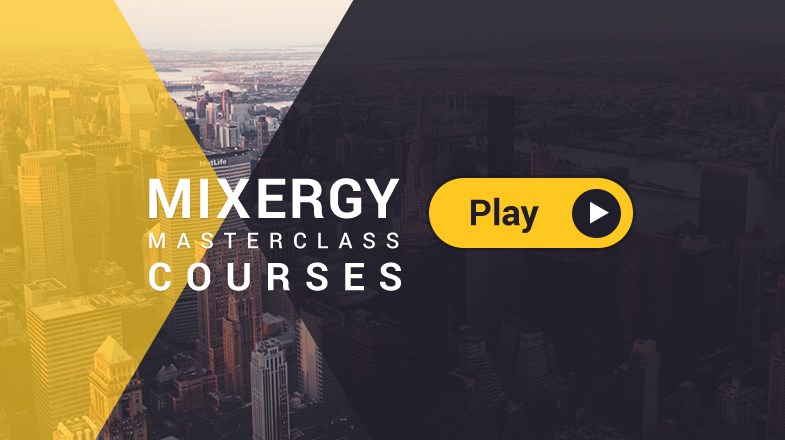How to build a profitable startup cheaply, even if you only have $100

Chris Guillebeau spent less than $100 to build his business which includes UnconventionalGuides.com, a site that helps people do more about what their excited about.
This guide is based on Mixergy’s course with Chris Guillebeau.
Chris Guillebeau knew most entrepreneurs don’t win million-dollar funding rounds, so he started his business for $100 and wrote a book about how other successful entrepreneurs have done the same. It was all done by building a profitable startup for $100, so we invited him to teach you how to do it.
Chris is the author of The $100 Startup: Reinvent the Way You Make a Living, Do What You Love, and Create a New Future.
Here are the actionable highlights from the course.
1. Find multiple uses for your skills so you can move into a better line of work
Chris says that Kat started out as a waitress, but after someone suggested she go into PR, she used the communication skills she had honed as a waitress to create a successful PR business.
- Take Action:
- List the skills you’ve used in past jobs, and ask yourself if you could apply them in any other fields that would be more lucrative or meaningful.
2. Make it easy for your customers so they won’t feel like your product is a chore
Chris created a product for travelers that was filled with technical instructions, but when sales fizzled, he cut out all the unnecessary details and earned $75,000 in a year selling the streamlined version.
- Take Action:
- Give your customers the information or results they want, and don’t make them do any extra work, like reading through jargon that they don’t care about.
3. Turn your passion into a business so you can earn a living doing things you love
Chris says that after Barbara and John lost their furniture business in a fire, they turned their ranch property into a vacation resort and built a business based on their love of the environment.
- Take Action:
- Identify the things you’re passionate about, and choose one that creates value or enjoyment for other people to be the inspiration for your business.
4. Solve a problem so your product will attract more customers
Chris says that Mignon Fogarty wasn’t getting traction with her science podcast, but she realized that almost everyone needs help with grammar, so she created the Grammar Girl podcast and book series and attracted a huge audience.
- Take Action:
- Find a difficulty that many people struggle with, and create a product that solves their problem in a fun way.
5. Prioritize your product ideas so you can focus on the best ones
Chris had an idea for running workshops, but when he compared it to his ideas for a publishing guide and other products, he decided that he wanted to pursue his other ideas first.
- Take Action:
- List your ideas for new products, and rank them by how much effort they would require and how profitable they would be.
6. Decide if you want to travel so you can make it part of your business plan
Chris says that a photographer traveled to Italy after losing her job, and when she got her first wedding gig while she was there, she decided to continue travelling and created a business visiting other countries and photographing weddings in different locations.
- Take Action:
- Think about whether travel or the ability to work remotely is important to you, and take that into account when you map out your business model.
7. Identify shared interests to find your target audience
Chris’ book wasn’t geared toward a narrow demographic group like men between age 25 and 30, so he decided to market it to anyone who wanted to change the world.
- Take Action:
- Market your product to people who have goals or interests in common, and don’t get tied down by traditional demographic definitions based on age or gender.
8. Promote secondary benefits to make your product even more attractive
Chris shows the ads one entrepreneur uses to promote his coupon book for people traveling to Alaska, and the ads list the primary benefit of saving money plus the secondary benefit, which is that customers can learn the best places to visit in Alaska.
- Take Action:
- When you write ad copy, tout the main benefit of your product, but also mention benefits that aren’t obvious at first glance.
9. Offer an incredible guarantee to reassure prospects who are on the fence
Chris guarantees that members of Travel Hacking Cartel will get a free plane ticket every three months, and that helps overcome prospects’ hesitations about signing up.
- Take Action:
- Promise prospects that they’ll get a specific benefit from your product, and offer to refund their money if they don’t get that result.
Written by Sarah Brodsky, based on production notes by Jeremy Weisz
